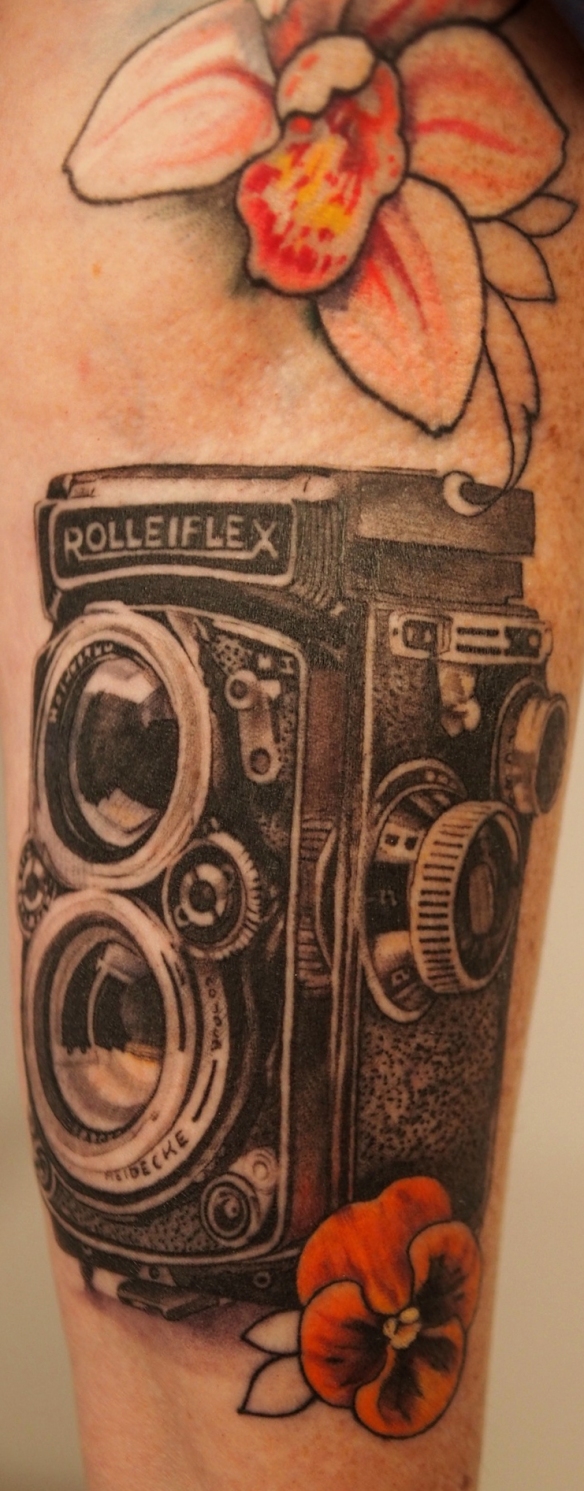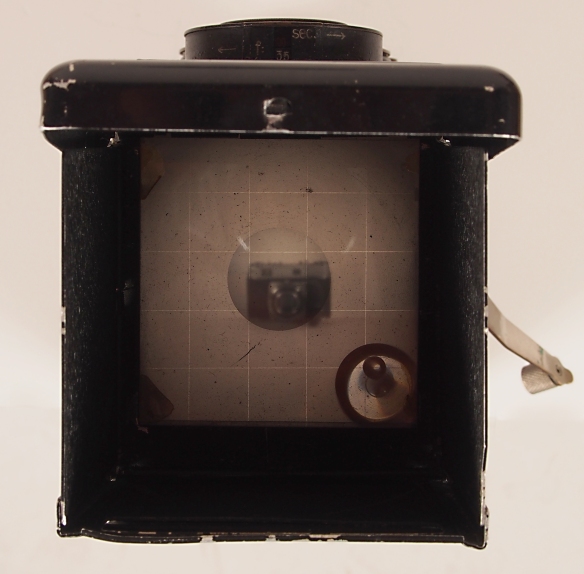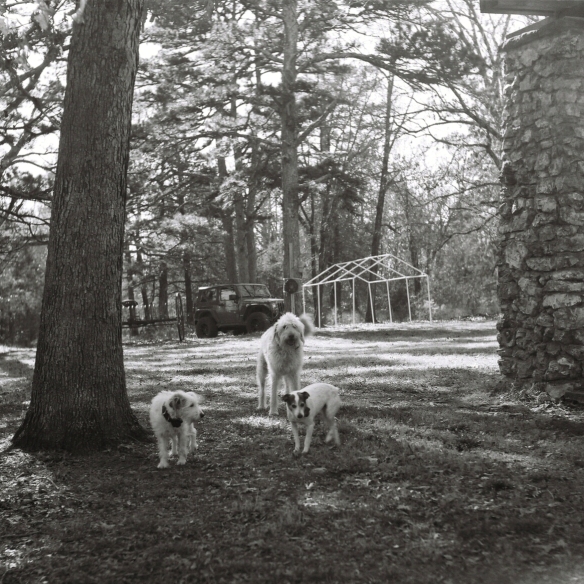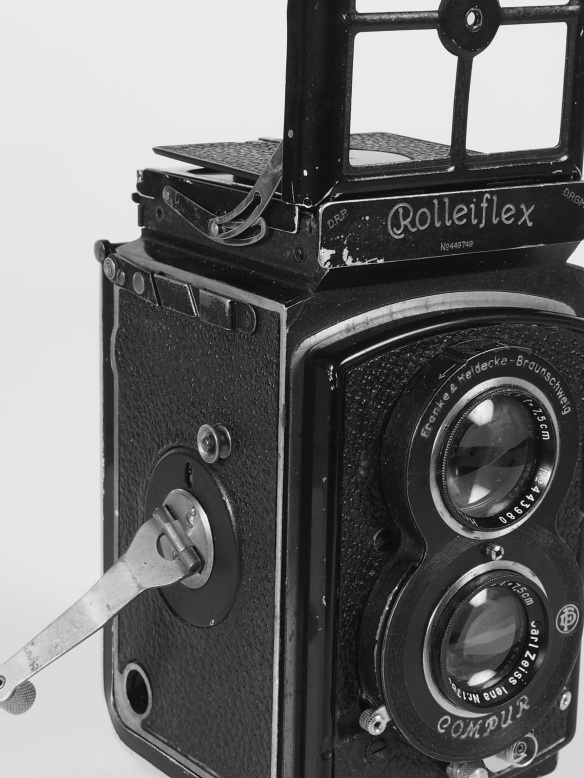Several months ago I wrote about my tattoo experience with Rosie the Riveter – you can read about it here.
A quick bit of back story for those who may not wish to click…
1. This is my favorite painting…
2. Rosie was based on this painting…

Rosie was based on the image of Isaiah from the Sistine Chapel – instead of the Book of the Law, she rests her arm on her lunchbox.
3. I started a tattoo last year of Rosie by an amazing artist, Serene Temple – as of last February it looked like this…

This is Rosie after 2 sessions – last February. I was constantly stopped and asked who did this piece – no one believed me when I told them it was unfinished.
4. Rosie was brought to this point in 2 sessions or about 12 hours work. The first was to lay in the shadows, the second was to add color and define details.
OK – That’s where I left off. This year over my Christmas holiday I scheduled another session with the amazing Serene. She told me that we would be doing fine detail and that this session would be fun. I imagined a couple of hours of highlights and that we would have time to add something I have been wanting to add to my arm. I was totally unprepared for the detail session – it was much more than a few highlights. Layers of color were added to Rosie’s overalls, skin tones were enhanced, details were added – before it was over we spent another 5 hours on Rosie.
Rosie’s face complete with lipstick and curls. Note the highlights on all the glass surfaces like her goggles and mask.

The details in her hair and highlights make this look so much like the painting. The buttons are beyond belief.
Since the last session I have gone back to Crystal Bridges to get a shot of the pocket of Rosie’s overalls – it contained a handkerchief and a compact. Those details were added in this session.

Rosie’s white compact and hanky are tucked into her overalls pocket. The white seams and the surface of the rivet gun add so much dimension.
Rosie’s hand had so many more details than I had imagined – I thought it was pretty much done last session – I was wrong.

The crust on the bread of the sandwich, the stippled surface of the rivet gun, the buckles on her wrist strap, and her red nail polish – the details make it echo Rockwell’s original.
The penny loafers and cuffs are by far the best ink I have on my body – I wish I had photos to do them justice…

The cuffs on these overalls are some of the best Ink I have ever seen. The penny loafers are my favorite part of the original and this photo doesn’t do these details justice. Shooting your own leg is harder than you think.
Ultimately my best shot is one taken by someone at a bit more distance. I think she’s more than I ever imagined she could be…
Where do we go from here? I have an idea about the background. I don’t think I want the wavy stripes from the original – it was designed to be a flat magazine cover, and my leg is round. I am intrigued by the setting of Isaiah – both of these images are of people who were a part of a fundamental change in how we saw the world. Isaiah introduces us to a God of compassion. He describes a savior that is a conqueror of the heart rather than the head of an army. Before Isaiah our view of God was as a judge handing down punishment, after Isaiah we get a glimpse of Him extending his hand to save us from that judgement. Rosie is the image of a sea change in how we see women. Before Rosie, women were barely assigned enough intelligence to be able to vote, now she could not only do the job of any man – she could do it well. It was her duty, she was doing her part to save the world. I like to think of combining the two – maybe she should be seated on an industrial styled throne-like niche – trade Isaiah’s marble for steel and rivets. At least that’s what I’m thinking today. We’ll see where it goes the next time I go home.
As for that other piece I was thinking about adding, as usual I imagine things are easier than they really are. Serene saw my idea and was eager to tackle it. We scheduled another session on her day off while I was still in town. She did a drawing that took hours of something I had wanted to add something to my sleeve – an image of the camera my mother shot, the camera she taught me to shoot – a Rolleiflex…
This is just the first session. Details will be added and it will look amazing (I kinda think it already does, but I have learned my lesson) Good ink takes time and the time is worth it when you consider that this is on your body forever.




























